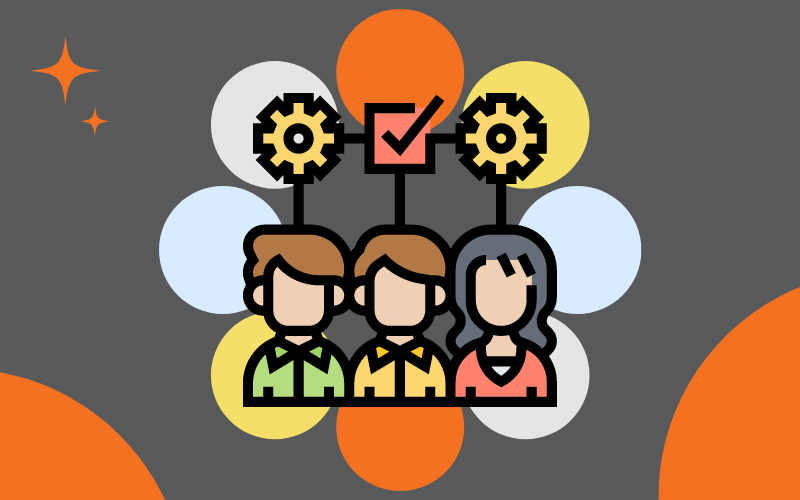
Onboarding is known to be so important for new hires, yet we don’t apply the same level of attention to onboarding new team members.
The main benefits for onboarding team members effectively are to increase their productivity faster and increase their experience of work (enjoyment, reward, satisfaction).
Increasing productivity faster has an obvious benefit, team members will achieve what you need them to achieve faster. The side effect of faster productivity is that people feel better about their work and be able to make meaningful contributions to your team sooner.
Increasing a team member’s experience of their work has a raft of benefits. A better experience means better wellbeing, which ultimately means greater productivity. A better experience means better retention, so less costs in replacement. Plus a better experience is just the more human way to work.
In this article you will learn about:
- The Levels of Onboarding to give you a foundational framework to understand onboarding through
- The Team Development Model to think holistically about your team’s performance
- A Team Member Onboarding Plan to give you a concrete strategy to onboard new team members with
Levels of Onboarding
The four building blocks for onboarding, often referred to as the Four C’s, are:
- Compliance: people are given an understanding of legal and policy related rules.
- Clarification: people understand their new jobs and expectations.
- Culture: people are given a sense of organisational norms, formal and informal.
- Connection: people establish interpersonal relationships and information networks.
These are listed in order, with Compliance being the lowest level of onboarding and Connection being the highest. Each one builds on the other.
Then most organisations fall into one of three levels:
- Group 1: Passive – compliance onboarding is provided with some clarification of the role. This is about 30% of firms.
- Group 2: High Potential – compliance and clarification with some culture and connection mechanisms in place as well. This is about 50% of firms.
- Group 3: Proactive – all four building blocks are formally addressed. This is about 20% of firms.
You can see that by being proactive with each building block of onboarding your team will start to outperform.
Team Development Model
You also need to be aware of where your team is within the Model of Team Development. This will help you understand the role you need to play and the context your new team member is coming into.
The Model for Team Development looks at the phases a team goes through:
- Forming
- Storming
- Norming
- Performing
- Adjourning
Each step has slightly different leadership styles and dynamics that will affect how a new team member onboards and becomes productive.
Read about the Team Development Model in more detail here.
Individual Factors
At a fundamental level, researchers have found that these four factors have a strong relationship with an individual and their onboarding:
- Self-confidence: the team member’s ability and confidence in doing the work.
- Role clarity: the team member’s understanding of their role and what is expected of them.
- Social integration: establishing relationships, feeling comfortable and accepted by peers and superiors.
- Cultural fit: how well a team member understands and fits within the culture of the team or organisation.
Team Member Onboarding Plan
With the frameworks and research as a foundation, you can see you need a plan to achieve a Proactive Level of onboarding. Here are the key areas to focus on along with some ideas in each area:
- Work itself and Self-confidence:
- Fast, small outcome: [gives self-confidence]
- Training (task specific)
- Compliance:
- Training
- Clarity:
- New Team Member Guide
- Onboarding Plan
- Feedback
- Culture & Connection:
- Buddy and Mentor
- Connection meetings (e.g. Donuts)
- Cross Cutting:
- Regular Feedback (Daily, then Weekly)
- Mentor & Coach

Scott Middleton
CEO & Founder
Scott has been involved in the launch and growth of 61+ products and has published over 120 articles and videos that have been viewed over 120,000 times. Terem’s product development and strategy arm, builds and takes clients tech products to market, while the joint venture arm focuses on building tech spinouts in partnership with market leaders.
Twitter: @scottmiddleton
LinkedIn: linkedin.com/in/scottmiddleton